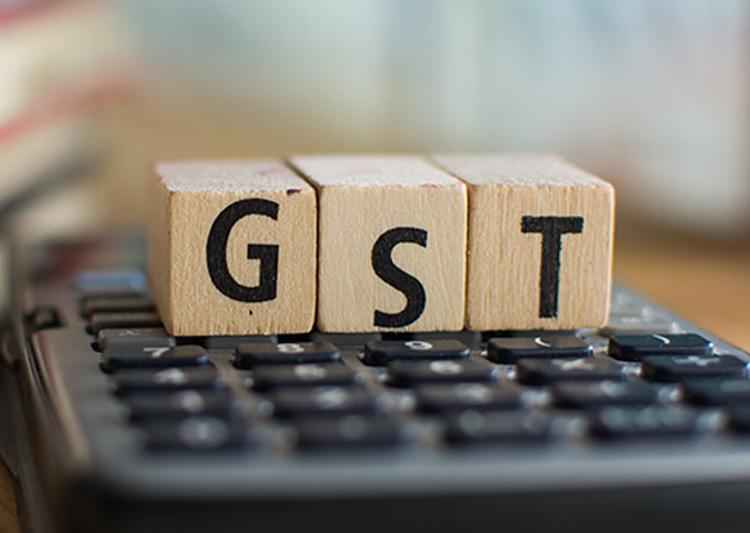GSTN Data to Leverage Analytics to Nab Tax Evaders

GSTN data to leverage analytics and find meaningful ways to interpret and help make sense of the filings in tandem with other government departments
The data generated through the technology backbone of the Goods and Services tax regime would, over time, be able to solve issue such as tax evasion and help compliance ratings in the country, according to the GST Network chairman.
Speaking on this, Mr. Navin Kumar, Chairman of the GSTN, the entity that handles the information technology backbone of the GST, said that GSTN would soon have enough data to be able to run business analytics and find meaningful ways to interpret and help make sense of the filings in tandem with other government departments.
“So there is great potential for that (leveraging analytics), but that will be possible only once we have data, maybe after two or three years. We will start developing the applications for that next year,” he said.
Among the potential use cases for business analytics, Kumar said GSTN would look to do a rating of the taxpayers, such as a compliance ratings, look at sectoral studies and detection of tax frauds and tax evasion.
“There, collaboration with income tax will be very useful, to see whether the volume of business reported here (GSTN) is reported to income tax or whether that data syncs with our data,” Kumar said.
He added that existing analytics tools available in the market could be used, as well as some new applications that would be developed by Infosys and others.
According to research firm Gartner, Indian business intelligence software revenue is forecast to reach USD 245 million in constant currency in 2017, a 24.4 percent increase over last year.
GST a boon for small and medium IT cos
Kumar also said that the new tax regime would prove to be a boon for the small and medium IT companies in the country. “They will have lot of opportunity to provide solutions to businesses, not just become GSPs (GST Suvidha Provider),” he said.
These companies could also develop the functionalities or applications that could help GSPs better. For example, the small and medium IT firms could develop an invoicing system for taxpayers, software for inventory management, and so on, which would provide a boost to the domestic business of the IT services companies.
“This has already started, small companies are also providing training- there are refresher courses, one week course, ten day courses, and these are going on,” Kumar said.
Data integrity and business continuity planning
Besides taking care of cybersecurity through the security operations centre housed in Chennai, GSTN has also set up a business continuity plan that will ensure data recovery and zero data loss in case of an emergency.
Kumar said that the data centres and disaster recovery data centres are usually put in different seismic zones.
“We have one data centre in Delhi, and one in Bengaluru. Then from here to Bengaluru, although data travels at the speed of light, it still takes a few milliseconds, so what happens if something breaks down at that time? To avoid that data loss, we have put one additional data centre next to our original data centres, so we have a spare data centre here in Delhi, another in Bengaluru. All these data centres are connected to each other,” he said.
For connecting these data centres, GSTN chose two separate lines, and two different companies, so if system of one goes down, the other keeps working.
Source: Moneycontrol.com

Kalyan Banga226 Posts
I am Kalyan Banga, a Post Graduate in Business Analytics from Indian Institute of Management (IIM) Calcutta, a premier management institute, ranked best B-School in Asia in FT Masters management global rankings. I have spent 14 years in field of Research & Analytics.












1 Comment
Zivanta Analytics: Combining Analytics & Business Strategy as Differentiator - Fusion Analytics World
February 23, 2018 at 3:06 am[…] at Zivanta Analytics feel strongly about leveraging analytics for the development sector. Government which is the largest player in the development sector […]